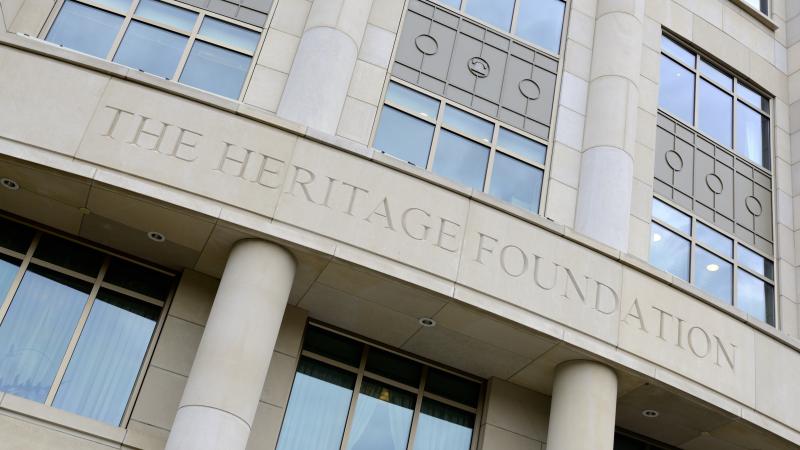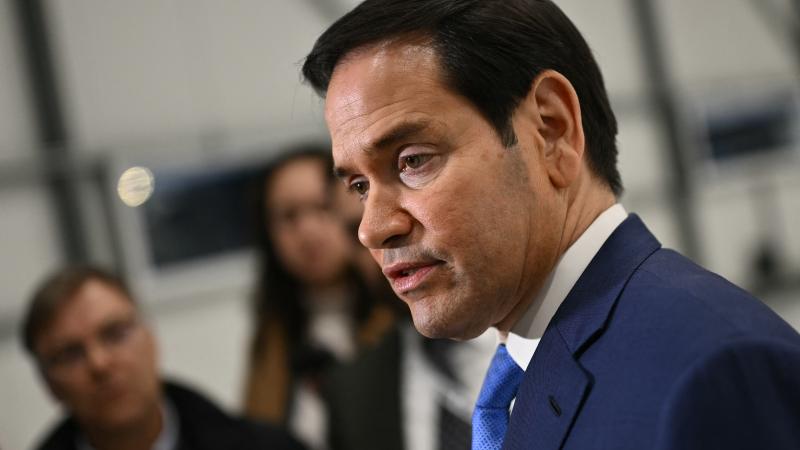Trump won’t get fooled again: Transition team makes stark contrast with 2016
The tone for Trump’s return to the White House has been generally cordial, and he met with President Joe Biden on Wednesday, which he declined to do in 2020. Still, Trump has a mandate to remove "deep state" autocrats from positions of power.
During his transition thus far, President-elect Donald Trump has made a series of moves that appear to signal he has learned from his first term in office and aims to avoid some of the missteps that hampered his agenda the first time around.
In ceremonial moves and personnel selection, his dealings with congressional leaders, and his restructuring of White House decision-making, Trump’s second transition looks markedly different from the post-2016 election period. The tone for Trump’s return to the White House has been generally cordial, and he met with President Joe Biden on Wednesday, which he declined to do in 2020.
“Politics is tough, and in many cases not a very nice world, but it is a nice world today,” Trump said while meeting with the commander-in-chief.
The dynamic of Trump’s government, moreover, seems to be taking shape much more quickly than it did in the prior transition. Public interest in Trump’s cabinet picks is high, with the president-elect announcing his selections in succession in a manner resembling a sports draft. Some of his choices have raised eyebrows, but they offer key insights into Trump’s mindset.
Here’s a look at what his major plays signal for the administration:
Eschewing the establishment
Trump’s first cabinet was far from stable and many of his senior officials either resigned in frustration or received pink slips over the course of those four years. Some of those personnel issues stemmed from Trump’s selection of establishment Republican figures and neoconservative war hawks for key jobs. Former Republican National Committee Chairman Reince Priebus, for instance, received the nod for chief of staff, but did not last a year in the job.
Many of Trump’s ex-military picks, such as Secretary of Defense James Mattis and Chief of Staff John Kelly, also broke with him over several policy and personality disagreements. National Security Advisor John Bolton also lost his post amid intense foreign policy disagreements with Trump.
While the new cabinet has been only partially formed, Trump’s picks for key posts have taken on a decidedly different character. Instead of a national GOP figure, Trump tapped Susie Wiles, who led his campaign, for the chief of staff post, keeping a loyalist next to him in the White House.
He further publicly confirmed that he would not invite former U.N. Ambassador Nikki Haley and former Secretary of State Mike Pompeo to return to the administration. Both are regarded as neoconservatives and members of the hawkish camp of the GOP. To handle the military, moreover, Trump tapped Pete Hegseth for secretary of defense. A Fox News weekend host and combat veteran, Hegseth’s selection was widely regarded as unconventional.
Playing nice with the Senate GOP
Trump and Sen. Mitch McConnell, R-Ky., were often at odds during the 2016 primary and throughout his administration. Trump also was at loggerheads with the late Sen. John McCain, R-Ariz., who would go on to oppose Republican efforts to repeal the Affordable Care Act.
McConnell will not lead the Senate Republicans in Trump’s second term. The upper chamber on Wednesday selected Sen. John Thune, R-S.D., to serve as majority leader. The leadership contest saw Sen. Rick Scott, R-Fla., once again mount a bid for leadership hoping to shake up Senate norms.
Thune triumphed over Scott and Sen. John Cornyn, R-Texas. Prior to the leadership contest, Thune, the South Dakota Republican had urged Trump to stay out of the race. Though many of Trump’s surrogates publicly backed Scott, Trump himself refrained from publicly endorsing a candidate in the contest.
Thune and Cornyn had both been vocal critics of Trump after he left office, though they worked to repair their relationships with him in the lead up to the vote. By staying out of the contest, Trump appears to have avoided a potential spat with the candidates and upper chamber leadership team, a sharp contrast to his somewhat bellicose style in his first term.
Most of the Senate Republicans who voted to impeach Trump will not be in office when he returns to the White House, though several remain and with a narrow majority in the upper chamber, Trump can ill afford to alienate too many of those lawmakers.
Recess appointments
In 2016, Trump struggled to secure the confirmation of his initial cabinet picks, with several key appointments taking months, and sometimes tie-breaking votes, to secure their positions. Trump aims to avoid a repeat of that process through recess appointments. His one significant intrusion into the leadership race was to demand that candidates agree to recess appointments to get his cabinet in place quickly.
“Any Republican Senator seeking the coveted LEADERSHIP position in the United States Senate must agree to Recess Appointments (in the Senate!), without which we will not be able to get people confirmed in a timely manner,” he posted this week. “Sometimes the votes can take two years, or more. This is what they did four years ago, and we cannot let it happen again. We need positions filled IMMEDIATELY!”
After winning the leadership contest, Thune promised to “process his [nominations] quickly” and “get them installed in their positions so they can begin to implement his agenda.”
Locking out the leakers
Trump’s first administration suffered from rampant leaks to the press, some of which served to thwart his agenda in some cases. Within the Department of Homeland Security, in particular, leaks frequently hindered deportation efforts.
Internal resistance to Trump’s agenda by federal bureaucrats often grabbed headlines, with former DHS chief of staff Miles Taylor authoring an anonymous op-ed in the New York Times detailing efforts by career officials to slow-walk or obstruct Trump. Taylor later confirmed his authorship of the op-ed publicly.
To prevent similar developments, Trump has promised a “major crackdown on government leakers who collude with the media to create false narratives, pressing criminal charges when appropriate.”
Additionally, his appointment of former acting Immigration and Customs Enforcement Director Tom Homan as “border czar” will potentially serve to insulate his deportation efforts against comparable leaks from DHS. Trump has further named Stephen Miller, an immigration hawk, as his deputy chief of staff for policy. Between the two of them, much of the immigration and border security decision making will occur in the White House and away from entrenched executive agencies.
Rooting out the bureaucracy
Beyond merely addressing leaks, Trump aims to address the scope of bureaucratic influence and its ability to obstruct presidential initiatives. To that end, he has vowed to reimplement an executive order permitting him to “fire rogue bureaucrats” and separate the Offices of Inspector General from the departments they oversee.
Beyond that, he has tapped X platform owner and entrepreneur Elon Musk and former Republican presidential candidate Vivek Ramaswamy to lead the Department of Government Efficiency (DOGE) with the aim of slashing the size of government agencies, reducing wasteful spending, and limiting the scope of government more broadly. DOGE’s purview and authority remain unclear as of press time.
"Together, these two wonderful Americans will pave the way for my Administration to dismantle Government Bureaucracy, slash excess regulations, cut wasteful expenditures, and restructure Federal Agencies - Essential to the 'Save America' Movement,” Trump declared.
















